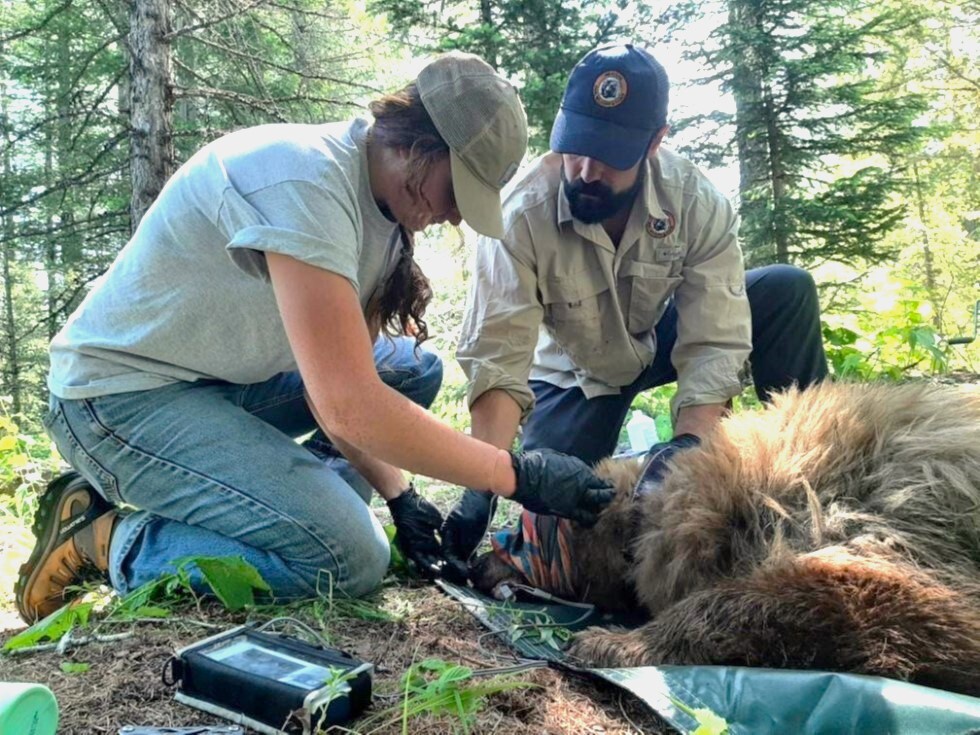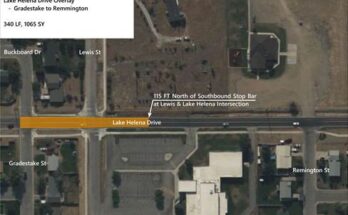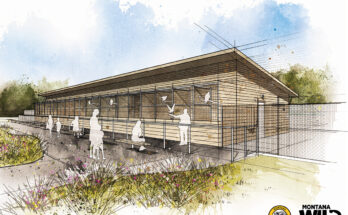
This summer, biologists from Montana Fish, Wildlife & Parks (FWP) will conduct research in the Little Belt Mountains to estimate the population and density of black bears in the area. This study marks the third year of a multi-year project aimed at enhancing FWP’s understanding of black bear populations across Montana.
The research will examine how factors like hunter harvest, habitat quality, and availability relate to bear populations, while also providing insights into bear survival rates and mortality causes. A key component of the study involves collecting hair samples from black bears using specially designed hair corrals, which are set up with barbed wire and lures to attract bears. These samples will undergo genetic analysis to estimate bear numbers along with their sex and species composition.
To ensure safety, researchers will set up the hair corrals without lures until after the spring bear hunting season concludes. Signs will be placed around the collection sites to alert the public to stay away, and these sites will be removed before the archery hunting season starts in August.
The team plans to capture and collar five to ten adult and subadult black bears with GPS devices to track their movements and habitat preferences. Closure signs will also mark the trapping locations to prevent public access. While the primary focus is on black bears, any grizzly bears that are accidentally captured will also be fitted with collars before being released.
After this summer’s field season, the research will continue in other regions of Montana in the future. For more information, please contact Colby Anton at 406-594-9931 or colby.anton@mt.gov


